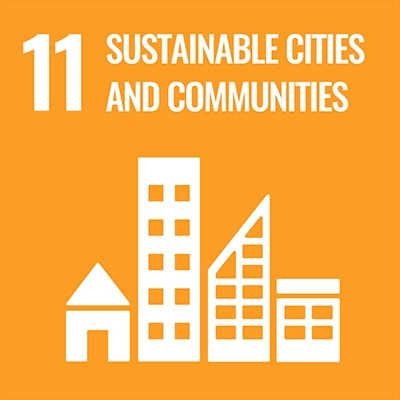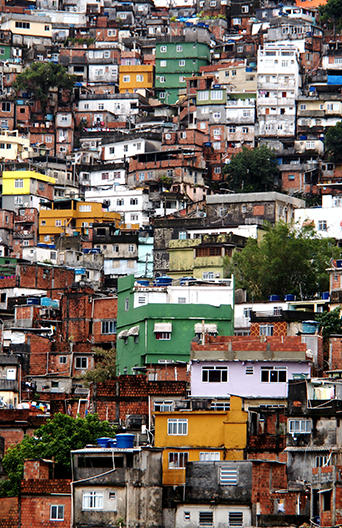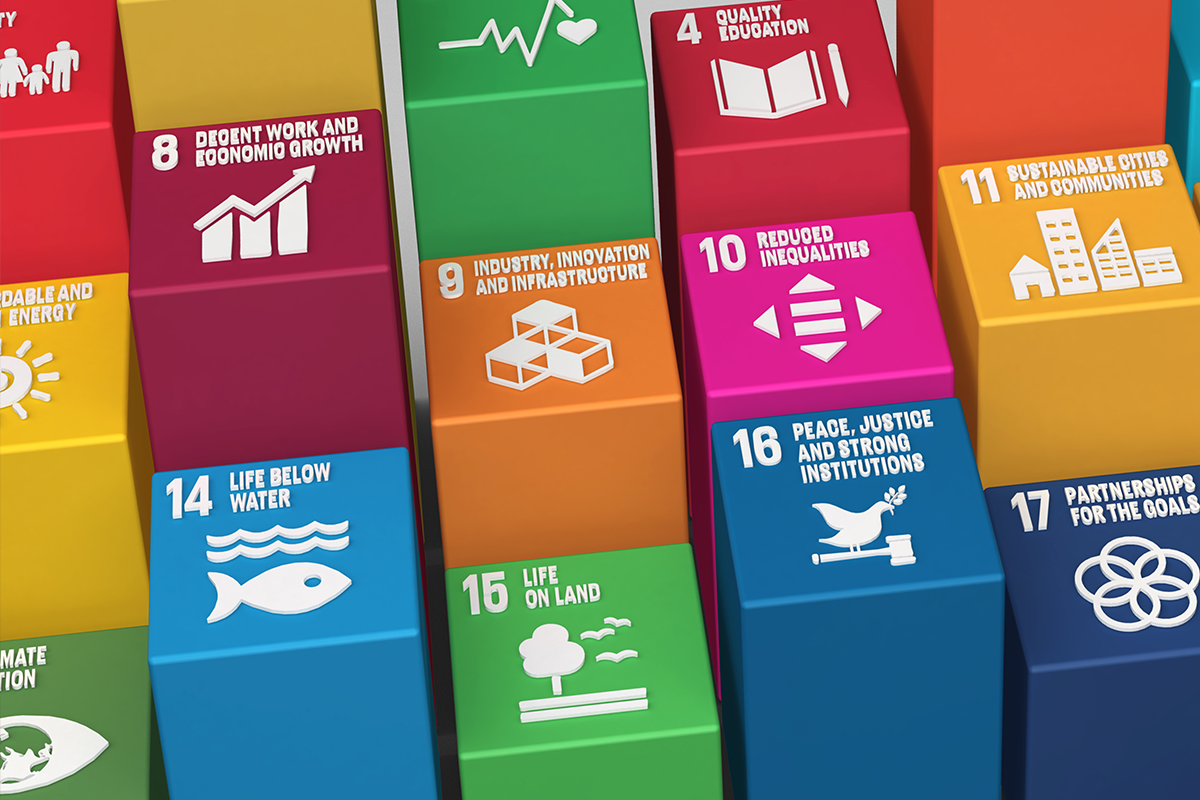SUSTAINABLE CITIES AND COMMUNITIES
Innovation for SDG 11
Make cities and human settlements inclusive, safe, resilient and sustainable.


1B+
The proportion of the urban population living in slums worldwide increased from 23 per cent to 24 per cent, translating to over 1 billion slum dwellers.
Source: United Nations Department of Economic and Social Affairs, The Sustainable Development Goals Report 2021
Targets and Indicators
The UN framework for measuring progress towards SDG 11.
Target 11.1
By 2030, ensure access for all to adequate, safe and affordable housing and basic services and upgrade slums
11.1.1
Proportion of urban population living in slums, informal settlements or inadequate housing
Target 11.2
By 2030, provide access to safe, affordable, accessible and sustainable transport systems for all, improving road safety, notably by expanding public transport, with special attention to the needs of those in vulnerable situations, women, children, persons with disabilities and older persons
11.2.1
Proportion of population that has convenient access to public transport, by sex, age and persons with disabilities
Target 11.3
By 2030, enhance inclusive and sustainable urbanization and capacity for participatory, integrated and sustainable human settlement planning and management in all countries
11.3.1
Ratio of land consumption rate to population growth rate
11.3.2
Proportion of cities with a direct participation structure of civil society in urban planning and management that operate regularly and democratically
Target 11.4
Strengthen efforts to protect and safeguard the world’s cultural and natural heritage
11.4.1
Total per capita expenditure on the preservation, protection and conservation of all cultural and natural heritage, by source of funding (public, private), type of heritage (cultural, natural) and level of government (national, regional, and local/municipal)
Target 11.5
By 2030, significantly reduce the number of deaths and the number of people affected and substantially decrease the direct economic losses relative to global gross domestic product caused by disasters, including water-related disasters, with a focus on protecting the poor and people in vulnerable situations
11.5.1
Number of deaths, missing persons and directly affected persons attributed to disasters per 100,000 population
11.5.2
Direct economic loss in relation to global GDP, damage to critical infrastructure and number of disruptions to basic services, attributed to disasters
Target 11.6
By 2030, reduce the adverse per capita environmental impact of cities, including by paying special attention to air quality and municipal and other waste management
11.6.1
Proportion of urban solid waste regularly collected and with adequate final discharge out of total urban solid waste generated, by cities
11.6.2
Annual mean levels of fine particulate matter (e.g. PM2.5 and PM10) in cities (population weighted)
Target 11.7
By 2030, provide universal access to safe, inclusive and accessible, green and public spaces, in particular for women and children, older persons and persons with disabilities
11.7.1
Average share of the built-up area of cities that is open space for public use for all, by sex, age and persons with disabilities
11.7.2
Proportion of persons victim of physical or sexual harassment, by sex, age, disability status and place of occurrence, in the previous 12 months
Target 11.a
Support positive economic, social and environmental links between urban, per-urban and rural areas by strengthening national and regional development planning
11.a.1
Number of countries that have national urban policies or regional development plans that (a) respond to population dynamics; (b) ensure balanced territorial development; and (c) increase local fiscal space
Target 11.b
By 2020, substantially increase the number of cities and human settlements adopting and implementing integrated policies and plans towards inclusion, resource efficiency, mitigation and adaptation to climate change, resilience to disasters, and develop and implement, in line with the Sendai Framework for Disaster Risk Reduction 2015-2030, holistic disaster risk management at all levels
11.b.1
Number of countries that adopt and implement national disaster risk reduction strategies in line with the Sendai Framework for Disaster Risk Reduction 2015–2030
11.b.2
Proportion of local governments that adopt and implement local disaster risk reduction strategies in line with national disaster risk reduction strategies
Target 11.c
Support least developed countries, including through financial and technical assistance, in building sustainable and resilient buildings utilizing local materials
Get Started
Inspire action for SDG 11 with the resources below.

Brochure
Open Innovation for Sustainable Development
Extend your innovation efforts to outside talent and expertise to create actionable solutions for your organization’s sustainable development challenges.
Supported Goals

Brochure
Innovation Central
Planbox’s leading platform to manage the full innovation portfolio management lifecycle. Great for building a sustainable culture of innovation that brings big ideas to life over and over again.
Supported Goals
Learn More About the SDGs
Discover the what, why, and how of the Sustainable Development Goals.


